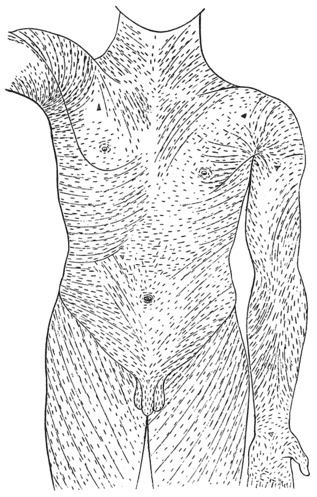Introduction
An elliptical incision is often required when a skin lesion is required to be excised, for example:
- Pre-malignant lesions (or malignant lesions*)
- Chronic irritation or discomfort
- Cosmetic or diagnostic purposes
Most lesions can be excised under local anaesthetic.
*Melanoma often require much more extensive resection and therefore are not a common general surgical procedure.
Procedure
- Once the sterile area has been prepared and the area anaesthetised, plan your elliptical incision, ensuring that the length is at least three times the width
- Use a surgical skin marker if required
- Excise the lesion with an ellipse, using your forceps to help you lift the skin once the initial incision has been made. This shape allows for a tension free closure (which is more likely to heal)
- Close using simple interrupted sutures, making sure the knots are laid correctly. If the tissue is thick or there is bleeding (such as in scalp lesions), vertical mattress sutures may be a useful technique
- Start at alternate ends and approximate the skin edges
- The specimen should be marked for orientation, either with a marker or old suture
Remember that different incision types can be used for other types of lumps. Principally, short linear incisions are used for lipomas (the lump will often squeeze through the incision) and shorter elliptical incisions centred around the punctum are used for sebaceous cysts.
Complications
- Bleeding
- Infection
- Scarring (including keloids)
- Pain
- Recurrence of lesion
Langer’s Lines
Langer’s lines are an important concept relating to cosmesis in surgery. These lines were first described by an Austrian anatomist, Karl Langer, mapping out the lines of minimal tension in the skin.
During surgery, incisions should be placed parallel to Langer’s lines, where possible. This acts to reduce the tension and puckering, and aids in healing.

